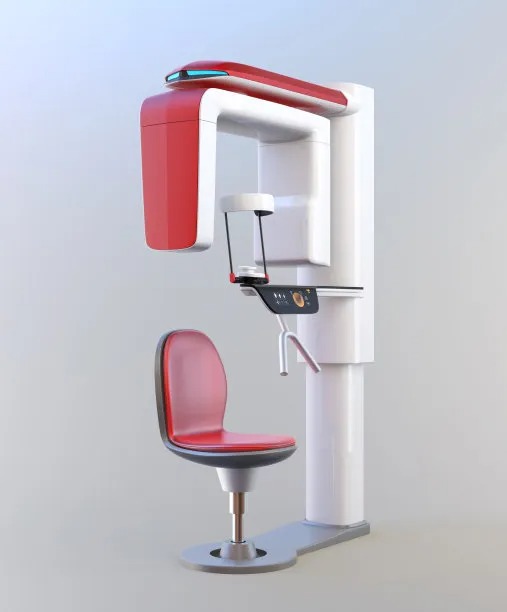Revolutionizing Smiles with Advanced Dental Implant Treatments for Enhanced Aesthetics and Functionality in Modern Dentistry
Summary: Dental implants have undergone a significant transformation, enhancing both aesthetics and functionality in modern dentistry. This article explores four crucial aspects of advanced dental implant treatments, focusing on their technological advancements, benefits, types of materials used, and their impact on patient confidence. By understanding these areas, readers will gain valuable insights into how dental implants can revolutionize smiles and improve quality of life.
1. Technological Advancements in Dental Implants

Over the last decade, dental implant technology has progressed remarkably. Innovations such as 3D imaging and computer-aided design (CAD) allow dental professionals to create highly accurate implant placement plans. This not only improves the effectiveness of the treatment but significantly reduces recovery time for patients.
Additionally, the emergence of guided implant surgery has transformed how dental implants are placed. By using advanced surgical guides that match the pre-planned implant position, dentists can ensure higher precision, resulting in better aesthetic outcomes. This precision minimizes postoperative complications and leads to more successful implant integration.
Robotic-assisted surgery is the latest frontier in implantology. This technology not only enhances the precision of implant placement but also optimizes the overall treatment workflow. With the assistance of robotics, dental professionals can customize implant procedures based on individual patient anatomy, ensuring a tailored approach that meets each patient’s unique needs.
2. Benefits of Advanced Dental Implant Treatments
One of the primary benefits of dental implants is their ability to restore functionality and appearance. For individuals who have lost teeth due to injury, decay, or other issues, implants provide a permanent solution that mimics the look and feel of natural teeth. This restoration improves chewing efficiency, enabling patients to enjoy a broader diet without discomfort.
Moreover, dental implants contribute to preserving jawbone structure. Unlike dentures, which can often lead to bone resorption over time, implants stimulate the jawbone, maintaining its density and preventing facial sagging. This preservation of facial structure enhances aesthetics and supports a youthful appearance.
Another significant advantage is the boost to patient confidence that comes with improved smiles. Many individuals experience social anxiety or embarrassment due to tooth loss, which can affect their interpersonal relationships and self-image. Dental implants provide not only a physical transformation but also emotional uplift, allowing patients to smile freely and engage confidently in social situations.
3. Types of Materials Used in Dental Implants
The choice of materials for dental implants plays a crucial role in ensuring their success and longevity. Traditional titanium implants have been the gold standard for years due to their durability and biocompatibility. However, advancements have led to the development of zirconia implants, which offer a tooth-colored solution, making them an excellent option for patients concerned with aesthetics.
Furthermore, hybrid implants, which combine titanium and ceramics, are becoming increasingly popular. These materials provide the strength required for load-bearing applications while still offering a visually appealing appearance. The hybrid approach also minimizes the risk of complications associated with metal implants for patients with allergies or sensitivities.
Research continues to explore even more innovative materials, such as biodegradable implants that eventually dissolve. These implants would offer a temporary solution while supporting bone growth before being absorbed by the body, representing a significant leap towards sustainable dental practices.
4. Impact on Patient Confidence and Quality of Life
The transformation that dental implants offer goes beyond mere aesthetics. Many patients report a significant enhancement in their quality of life post-implant placement. They experience not only improved function in daily activities, such as eating and speaking, but also newfound enthusiasm for social interactions. This shift leads to a holistic positive change in their lifestyle.
Moreover, the long-term benefits of dental implants promote a proactive attitude toward oral health. Patients with implants are more likely to maintain regular dental check-ups and hygiene practices, contributing to overall well-being. This increased awareness fosters the importance of dental care, ultimately leading to healthier choices.
Lastly, the psychological aspect of receiving dental implants cannot be understated. The ability to smile without hesitation and engage in everyday interactions without embarrassment cultivates a powerful sense of acceptance and belonging among individuals. With enhanced smiles, patients can pursue relationships and career opportunities they might have previously avoided.
Summary: The advances in dental implant technology have significantly revolutionized modern dentistry, enhancing both functionality and aesthetics for patients. Innovations such as guided surgical techniques and material advancements—including titanium and zirconia—underscore the evolving landscape of implant dentistry. Beyond the physical improvements, the emotional benefits, confidence boost, and overall quality of life changes for patients highlight the importance of these treatments in society today.
This article is compiled by Vickong Dental and the content is for reference only.



